The scientific community has reached a pivotal moment with the release of the world's first ethical guidelines for human embryo gene editing. This landmark framework, developed by an international consortium of geneticists, ethicists, and policymakers, aims to address the profound moral and technical challenges surrounding CRISPR-based modifications to human embryos. The guidelines emerge after nearly a decade of heated debate following the controversial 2018 case where Chinese scientist He Jiankui created the first gene-edited babies.
Why Now? The timing reflects both scientific urgency and societal anxiety. With over 30 countries currently lacking clear regulations on germline editing (changes inheritable by future generations), researchers feared a potential "Wild West" scenario where clinics might offer unproven genetic enhancements. "This isn't about stifling science," explains Dr. Alison Campbell, a developmental biologist who co-chaired the guideline committee. "It's about creating guardrails so research can proceed without repeating past ethical violations."
The document establishes strict criteria for permissible research, drawing a bright red line between therapeutic applications and cosmetic enhancements. Only serious monogenic diseases like sickle cell anemia or cystic fibrosis qualify as potential targets, provided no safer alternatives exist. The guidelines categorically prohibit edits aimed at boosting intelligence, altering physical appearance, or creating so-called "designer babies."
A key innovation involves a proposed international registry tracking all embryo editing experiments. Unlike current fragmented oversight systems, this would require researchers to disclose funding sources, methodology details, and long-term outcome data. "Transparency prevents rogue actors from operating in shadows," notes bioethicist Dr. Hiroshi Tanaka, who helped draft the monitoring protocols.
Perhaps most controversially, the framework introduces a 15-year global moratorium on clinical applications—time intended to allow for safety testing and public deliberation. Early reactions have been polarized. Patient advocacy groups argue this delays life-saving treatments, while some scientists warn the timeline remains too vague. "Fifteen years could become twenty or thirty if technical hurdles persist," cautions MIT geneticist Dr. Priya Desai.
The guidelines also confront the thorny issue of cross-border research tourism. By recommending visa restrictions for scientists seeking to circumvent national laws, the document attempts to close loopholes that enabled previous ethical breaches. Legal experts, however, question enforceability given jurisdictional complexities.
Religious and cultural perspectives receive unprecedented attention in this iteration. The drafting committee included theologians from six major faith traditions, acknowledging that concepts of "playing God" vary globally. Their input shaped nuanced language around embryo dignity while avoiding Western-centric moral frameworks.
As labs worldwide begin adapting to these standards, the real test lies ahead. "Guidelines are meaningless without compliance mechanisms," stresses UNESCO science policy director Dr. Elena Petrova, whose organization will host the first review conference in 2025. For now, the scientific community appears cautiously optimistic that this unprecedented collaboration might finally bring order to biology's most ethically fraught frontier.

By Emily Johnson/Apr 10, 2025

By John Smith/Apr 10, 2025

By Christopher Harris/Apr 10, 2025
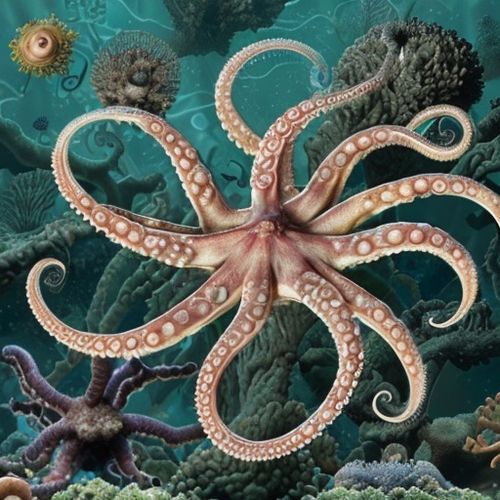
By Noah Bell/Apr 10, 2025

By Rebecca Stewart/Apr 10, 2025
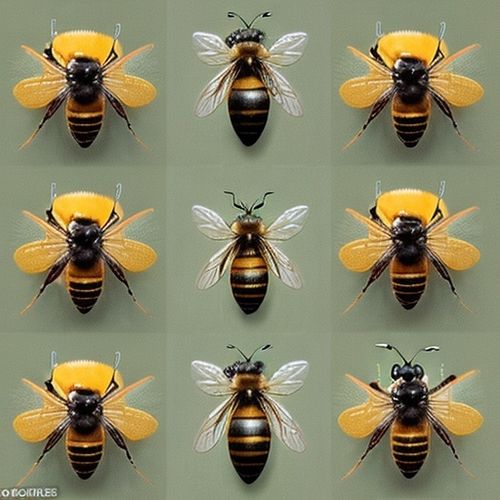
By Victoria Gonzalez/Apr 10, 2025

By Amanda Phillips/Apr 10, 2025

By Emma Thompson/Apr 10, 2025
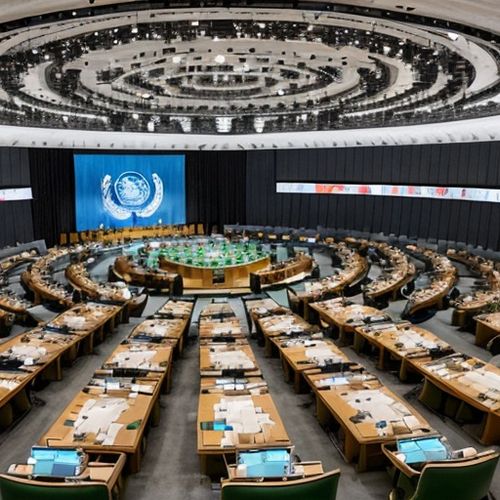
By Lily Simpson/Apr 10, 2025
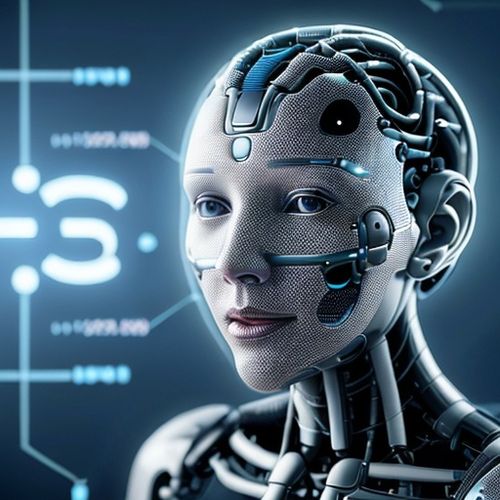
By Emma Thompson/Apr 10, 2025
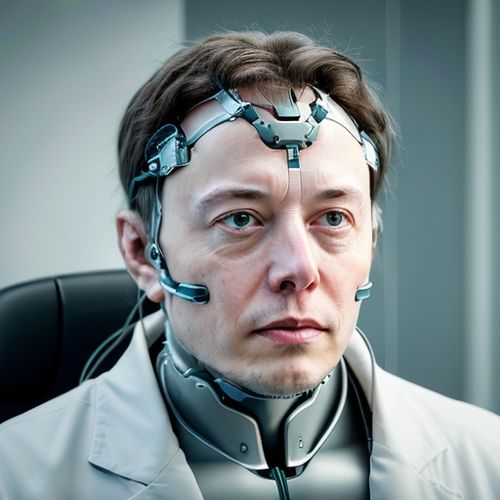
By Sophia Lewis/Apr 10, 2025

By Rebecca Stewart/Apr 10, 2025
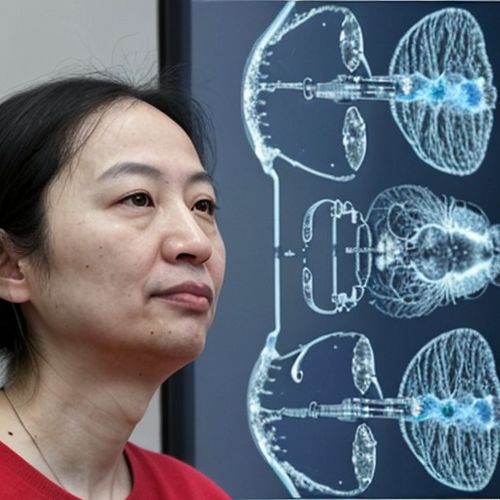
By Noah Bell/Apr 10, 2025
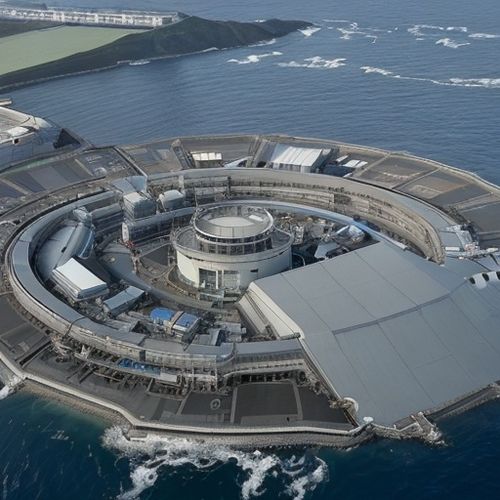
By Sophia Lewis/Apr 10, 2025
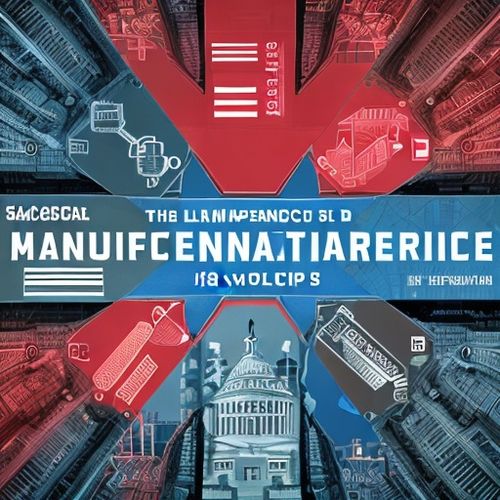
By Christopher Harris/Apr 10, 2025

By Eric Ward/Apr 10, 2025
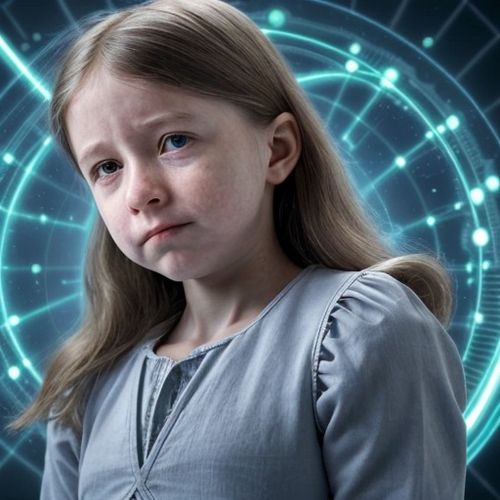
By Daniel Scott/Apr 10, 2025